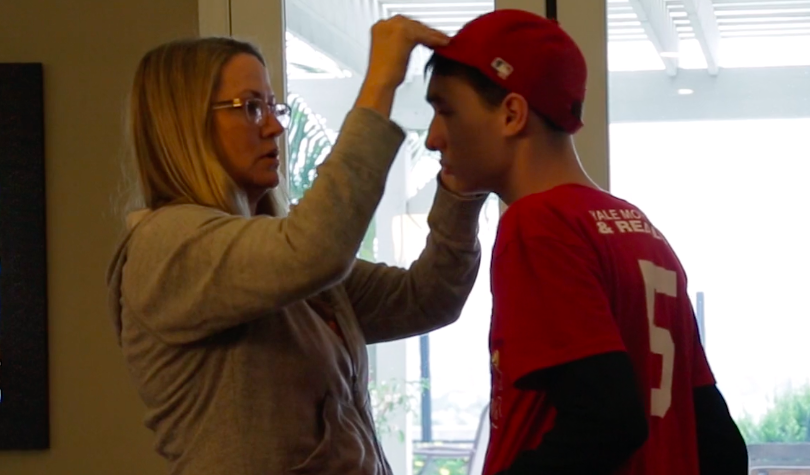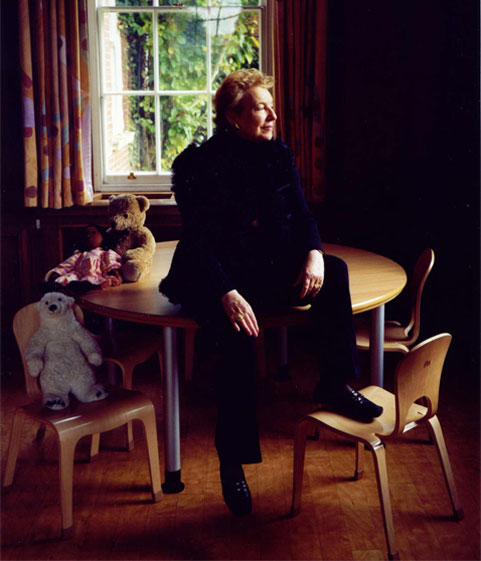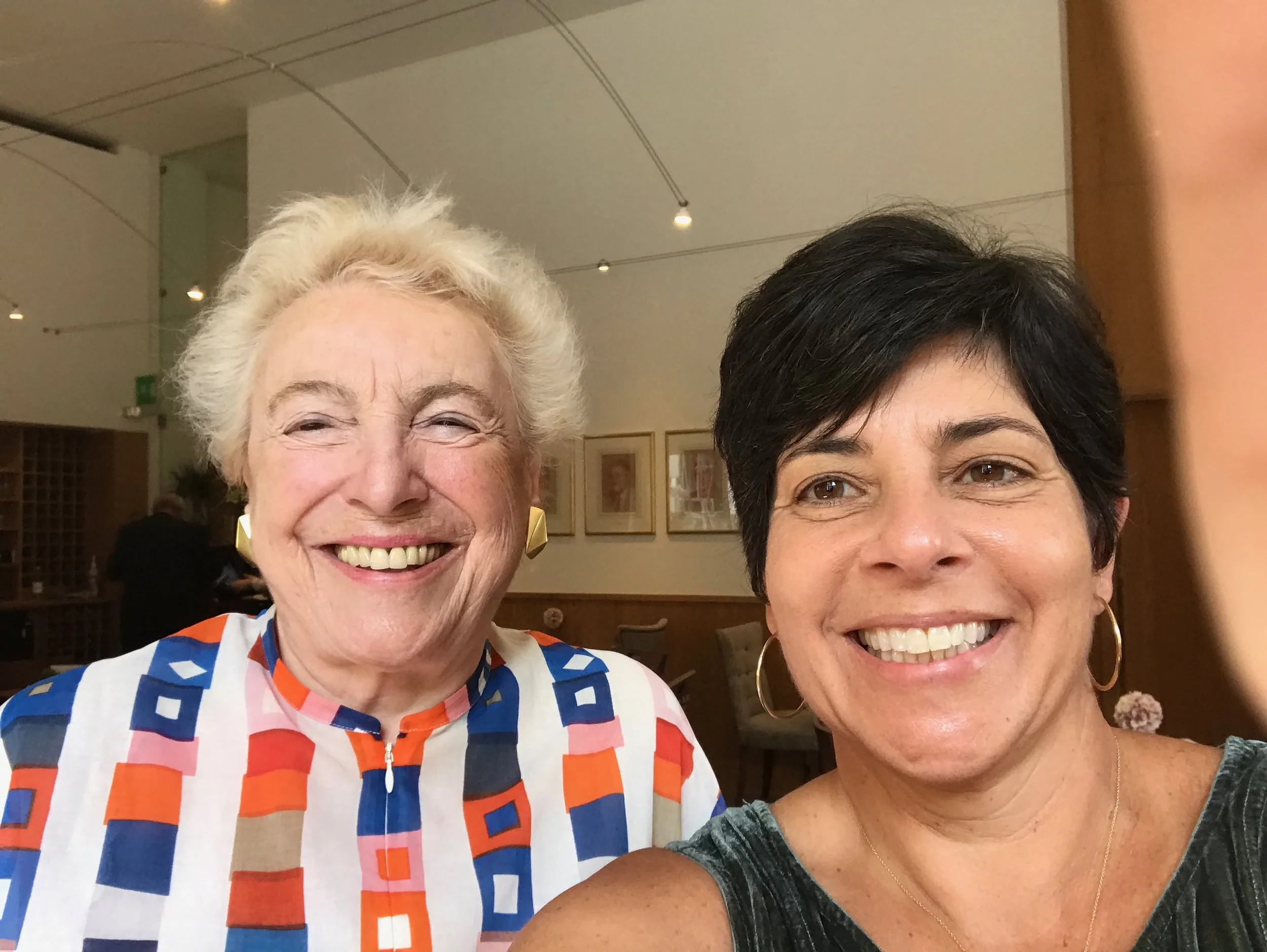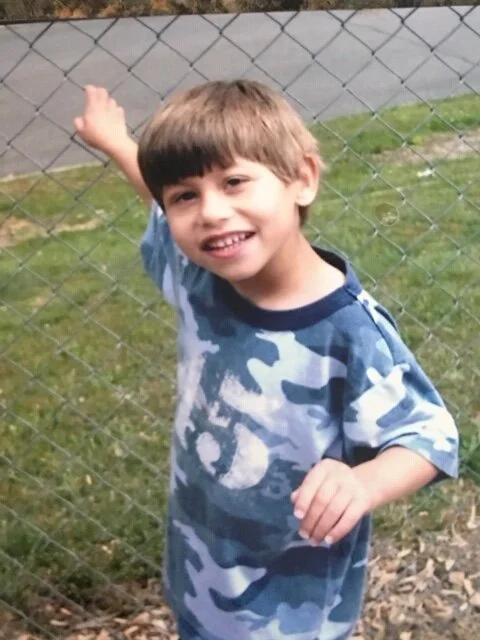“To my mind, we must do better than deny our most severely disabled citizens the ballot and call it a day. “
By Jill Escher
When my son Jonathan was evaluated by a court investigator as part of the conservatorship process shortly before he turned 18, she probed for evidence that he might be competent to vote.
In California, the bar is actually pretty minimal. The court presumes that a person subject to a conservatorship (what you would call a guardianship in other states) is competent to vote. But this person may be declared “mentally incompetent” and therefore disqualified if the court, or in rare cases, a jury, finds by clear and convincing evidence that the person cannot communicate, with or without reasonable accommodations, a desire to participate in voting.
But Jonny has a form of autism so severe that in truth, he cannot communicate any desire to participate in voting — through words, AAC, signs, gestures, or even grunts. Although it’s impossible to know what thoughts might be popping in the deep recesses of the mysterious Jonny mind, there is no evidence he has any comprehension of any concepts relating to government, voting or democracy. Jonny’s measurable cognitive level is all of about 18 months, on a good day.
A Probate Court investigator probes for my son’s abilities, including the right to exercise the vote.
So when the court investigator found Jonny to be “nonresponsive,” she was not incorrect. She recommended that the court find him ineligible to vote. (You can see a snippet posted at right). And at the conservatorship hearing I did not contest the recommendation—to have told the judge that I had evidence Jonny had a desire to vote would have amounted to perjury.
So while many adults with autism, particularly those who are verbal and cognitively blessed, will no doubt retain their right to vote, those on the severe end of the spectrum risk having that right stripped away.
To my mind, we must do better than deny our most severely disabled citizens the ballot and call it a day. Yes, I know, I have 100 much more urgent worries than whether Jonny would vote in favor of this school bond or that state high-speed rail proposition, or this council candidate or that presidential hopeful. But he is still an American, he still lives in a political system that depends on the will of the people to enact policies on local, state and national levels.
And I would say that perhaps no other group needs robust, informed political representation more than the severely autistic. For it is this hyper-vulnerable population — unable to care for themselves or earn a living, unable to create a family, possessed of complicated behaviors and cognitive limitations — beyond almost all other disability groups, whose lives depend on good government policy. For them, government policy is about survival.
Now, if the disenfranchised group were small, perhaps I wouldn’t care much. But this developmentally disabled autistic population is exploding. In California, fully 2% of all males born in the state now end up as autism cases in the Developmental Services system. About 120,000 Californians now qualify as having Developmental Services-eligible autism, up from about 3,000 in three decades ago. These are massive (and, alarmingly, ever-growing!) numbers that matter, voices that collectively can make a critical difference in policy matters. (Side note that the autism explosion, likely our most urgent public health and social services crisis today, has hardly made a blip in any presidential debate—this inexcusable apathy alone should jar our slumbering selves to push for autism suffrage.)
So I think the answer here is not to pretend that adults like Jonny know the difference between Donald Trump and Bernie Sanders—a trip to the ballot box with Jonny would be a Ouija board mockery of the democratic process — but rather, to create a system for proxy voting that uses the same principles as Conservatorship proceedings. The proxy (usually the conservator, if a loving family member), would need to be entrusted by the court to vote in the best interests of the autistic adult. Already the law legally mandates conservators to act in the best interests of the conservatee, a duty that from what I can tell, family conservators take extremely seriously. So this would hardly be a big step.
Now, I suppose a proxy could abuse the power to essentially use the vote for his or her own purposes, but this small risk I think would be outweighed by the value of adding the severe autism vote to the electorate. It would be an imperfect solution to a complicated flaw in our imperfect democracy.
Jill Escher is President of National Council on Severe Autism, President of Autism Society San Francisco Bay Area, a housing provider to adults with autism and developmental disabilities, a research philanthropist, and the mother of two children with nonverbal forms of autism.





















